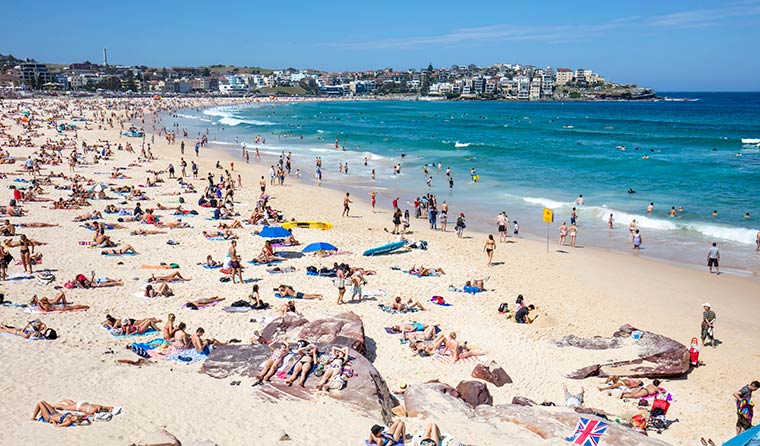Feature
Born and bred in Australia? Melanoma risk up by 50%
Researchers have found 22 different genes help shape a person’s risk of melanoma according to their level of sun exposure.
 A new Australian study links genetics with melanoma risk.
A new Australian study links genetics with melanoma risk.
Based on examination of genetic and behavioural factors from QSkin data – the world’s largest genetic study of skin cancer – researchers from QIMR Berghofer Medical Research Institute were able to determine melanoma risk – which is up to 50% greater for those who have lived in Australia most of their life, compared to those who haven’t.
The British Journal of Dermatology published the study findings, establishing that melanoma develops as the result of ‘complex interactions between sun exposure and genetic factors’.
Lead researcher Professor David Whiteman said the findings suggest people with genes that predispose them to skin cancer only need ‘modest levels’ of sun exposure to develop melanoma.
‘Our data show that people who are born and grow up in Australia have a 50% increased risk of melanomas, while those migrating to Australia as adults, who have the same genes, are less likely to develop the deadly disease,’ he said.
‘This confirms that sun damage up to the age of about 20 is particularly dangerous for people with a higher genetic risk because it’s enough to trigger melanomas and they do not need long, cumulative exposure.’
QSkin data used in the study included information about people’s DNA, place of birth, age at migration, amount of sunburns and cumulative hours spent in the sun, as well as any history of squamous cell carcinoma, basal cell carcinoma and sunspots.
These people were then tracked from 2011 and their melanoma diagnoses provided from the Cancer Registry, allowing the researchers to determine risks.
An interaction with polygenic risk was evident.
Among people at low-polygenic risk, markers of cumulative sun exposure measured by actinic damage were associated with melanoma.
Among people at high-polygenic risk, markers of high‐level early-life ambient ultraviolet (UV) exposure measured by place of birth were associated with melanoma – so a higher risk for those born in Australia compared to those born overseas.
These findings suggest interactions between genotype and environment that are consistent with differing pathways for melanoma development.
 Australians’ love of the sun comes with risk.
Australians’ love of the sun comes with risk.
However, Professor Whiteman highlighted that people who do not carry the higher risk genes associated with skin cancer can still develop melanoma.
‘It’s important to point out ... [these people] just need to get a large enough dose of sunlight over their lifetime [to develop melanoma], and will often have lots of sunspots as a result of that exposure,’ he said.
Australia has the highest rates of skin cancer in the world, with more than 12,000 invasive melanoma – the most deadly form of the disease – diagnoses each year.
‘While this study provides an insight into the development of melanoma and may help in identifying people who would benefit from targeted sun protection messaging, more still needs to be done to understand this disease that affects more Australians than any other population in the world,’ QSkin study project manager Catherine Olsen said.
‘As Australians gear up for another hot and sunny summer season, the reminder to avoid harmful sun exposure is timely.’
Login below to join the conversation.
genetics melanoma research skin cancer
newsGP weekly poll
Health practitioners found guilty of sexual misconduct will soon have the finding permanently recorded on their public register record. Do you support this change?